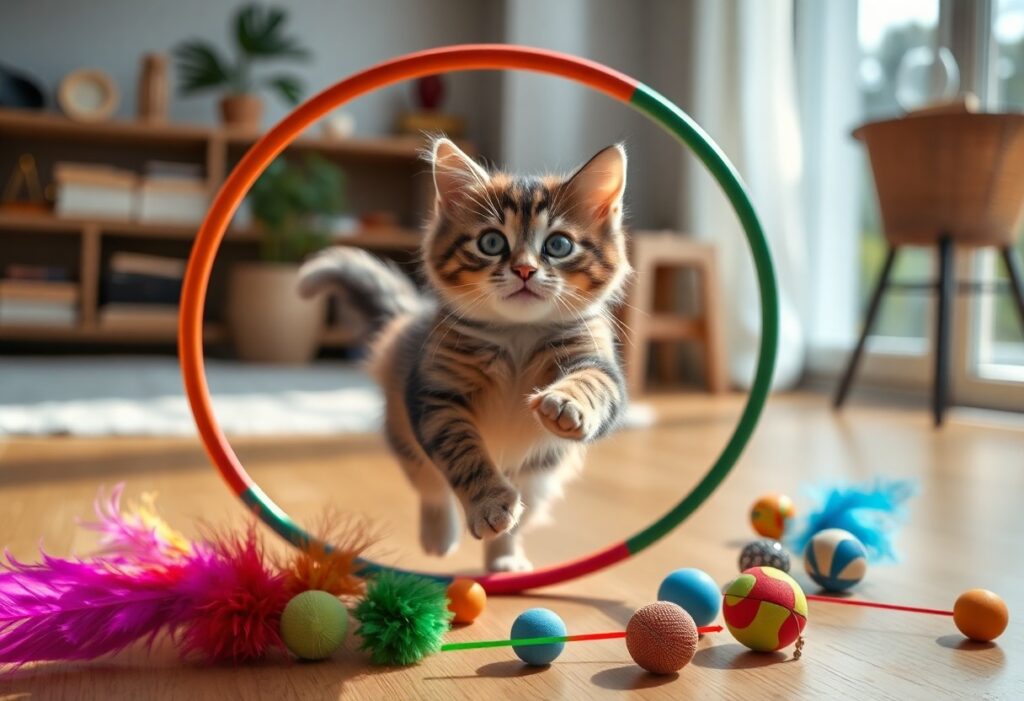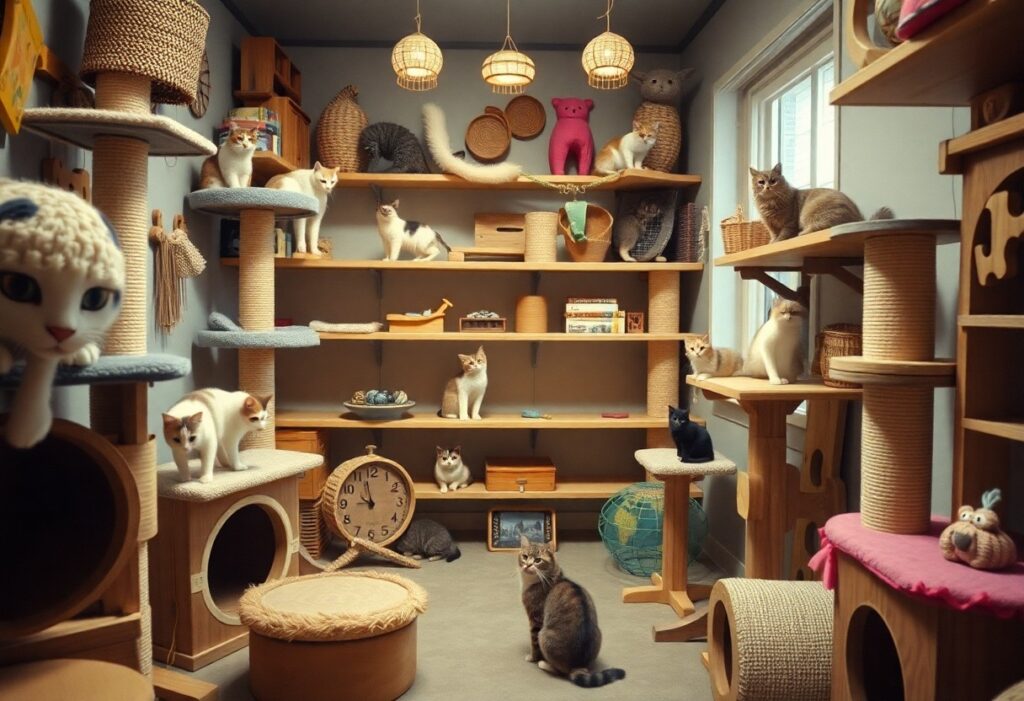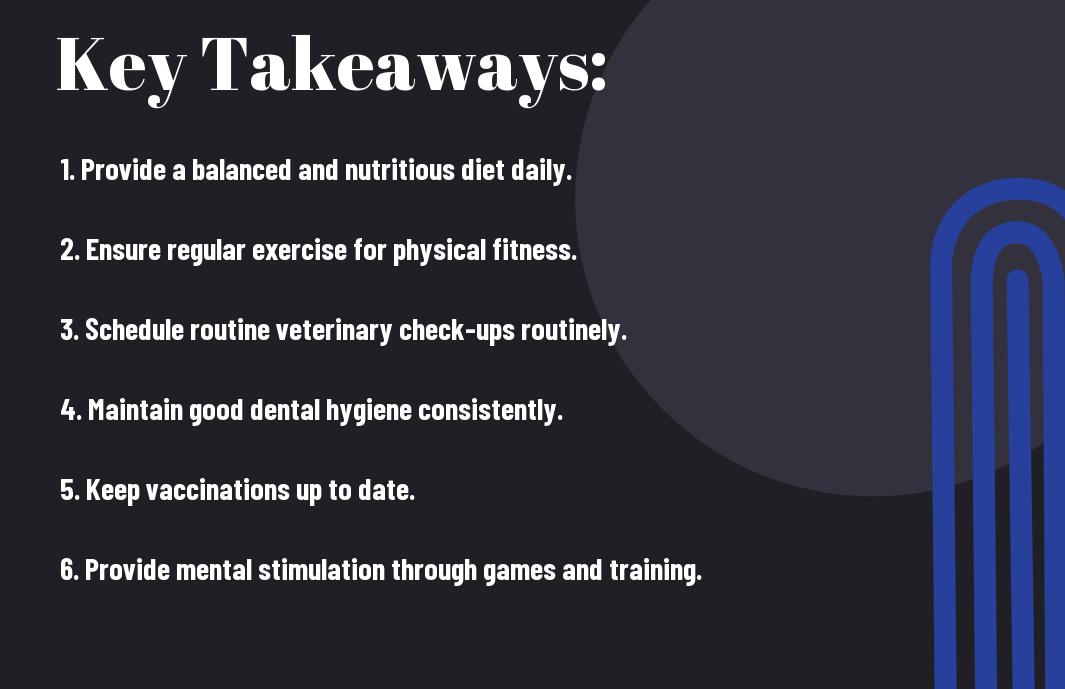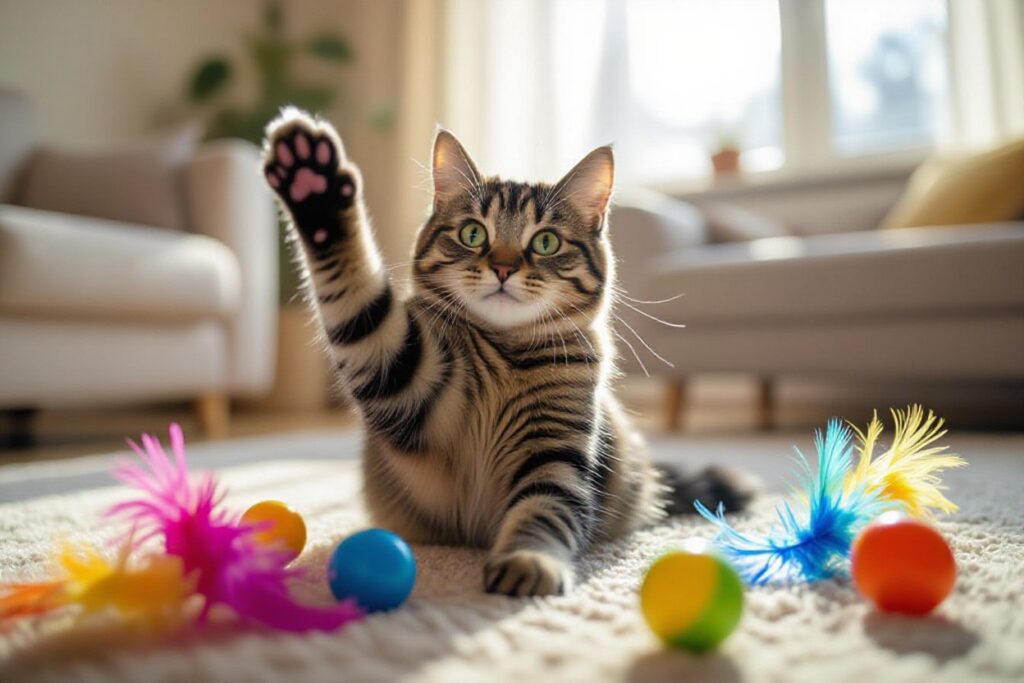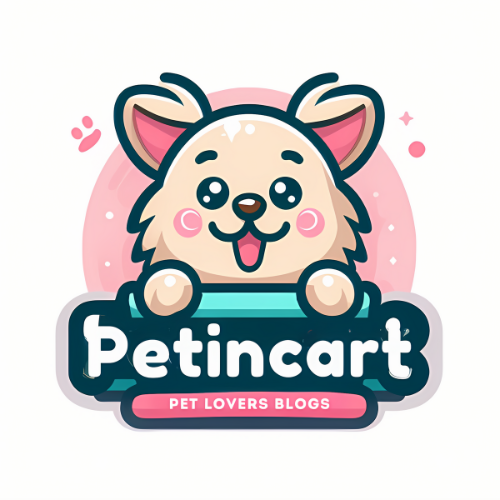Cat playtime can be an necessary aspect of your pet’s happiness and well-being. You can transform routine interactions into engaging activities that stimulate both your cat’s mind and body. By employing simple tricks such as teaching them to sit, spin, and even paw, you create a fun environment where your feline friend can thrive. Not only do these activities provide much-needed exercise, but they also strengthen your bond. In this post, you’ll discover effective techniques to elevate your play sessions and keep your cat entertained for hours.
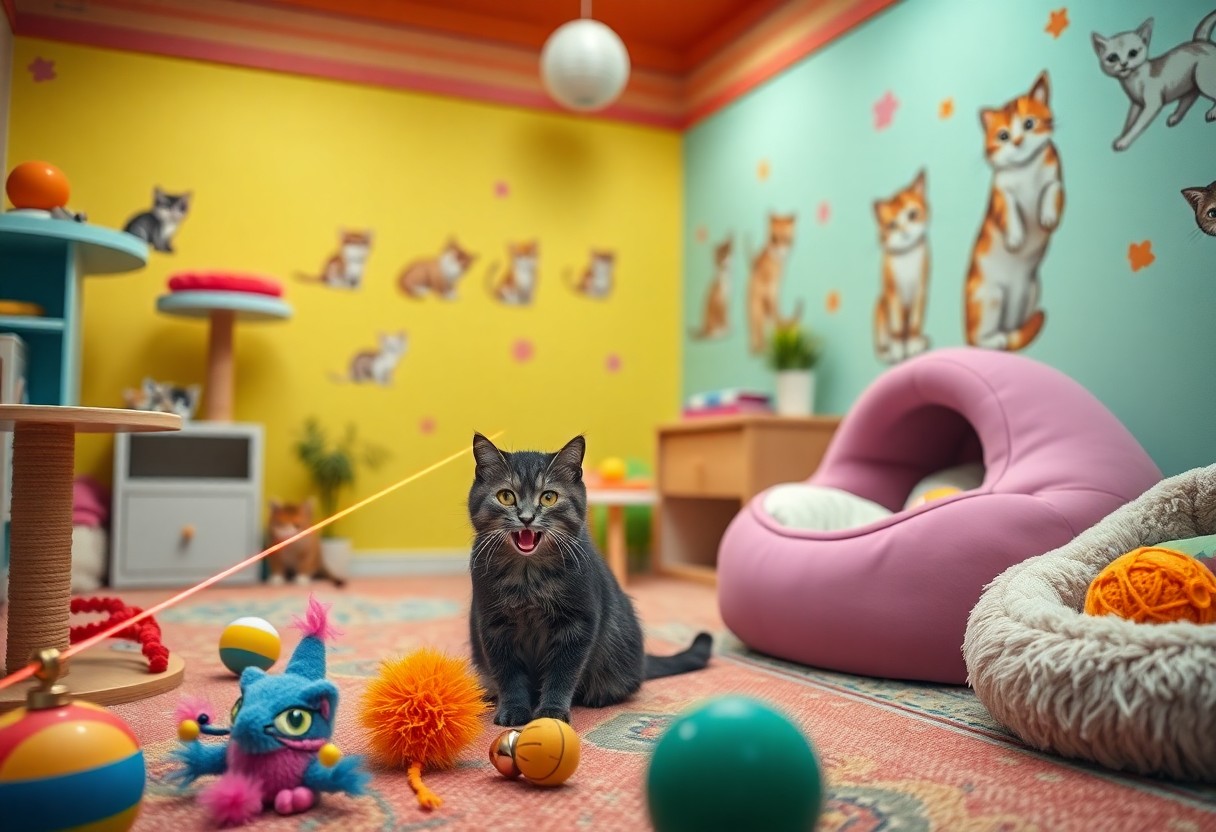
Key Takeaways:
- Incorporate a variety of engaging toys to stimulate your cat’s natural hunting instincts and keep playtime exciting.
- Utilize interactive games that encourage mental and physical exercise, promoting a healthy lifestyle for your cat.
- Implement a routine for playtime to strengthen your bond with your cat and enhance their overall happiness and well-being.
The Art of Cat Engagement: Why Playtime Matters
Playtime serves as a bridge to deepen your bond with your feline friend, enhancing both their mental and physical well-being. Engaging in interactive play not only satisfies their natural instincts but also fosters a joyful environment. By dedicating time to play, you reinforce trust and communication, paving the way for a richer relationship with your cat.
Mental Stimulation: The Key to a Happy Cat
Interactive play provides necessary mental stimulation that keeps your cat’s brain sharp and engaged. Activities that challenge their problem-solving skills, such as puzzle feeders or toy mazes, help mimic hunting behaviors, making playtime both rewarding and fulfilling. Engaged cats exhibit fewer behavioral issues and greater emotional stability, resulting in a happier companion.
Physical Activity: Preventing Obesity and Health Issues
Regular playtime is vital for maintaining your cat’s physical health, significantly reducing the risk of obesity and related ailments. Cats require daily exercise to support their metabolism and prevent conditions such as diabetes and arthritis. Incorporating active play sessions with interactive toys, feather wands, or laser pointers can easily achieve this goal.
Obesity in cats, a rising concern, can lead to debilitating health problems like heart disease and joint dysfunction. Statistics reveal that approximately 60% of cats in the United States are classified as overweight or obese. By setting aside just 20-30 minutes daily for vigorous play, you can help your cat maintain a healthy weight, thus preventing future health complications. Engaging toys, particularly those that simulate hunting, encourage your cat to leap, chase, and explore, providing the balanced exercise necessary for their well-being and longevity.
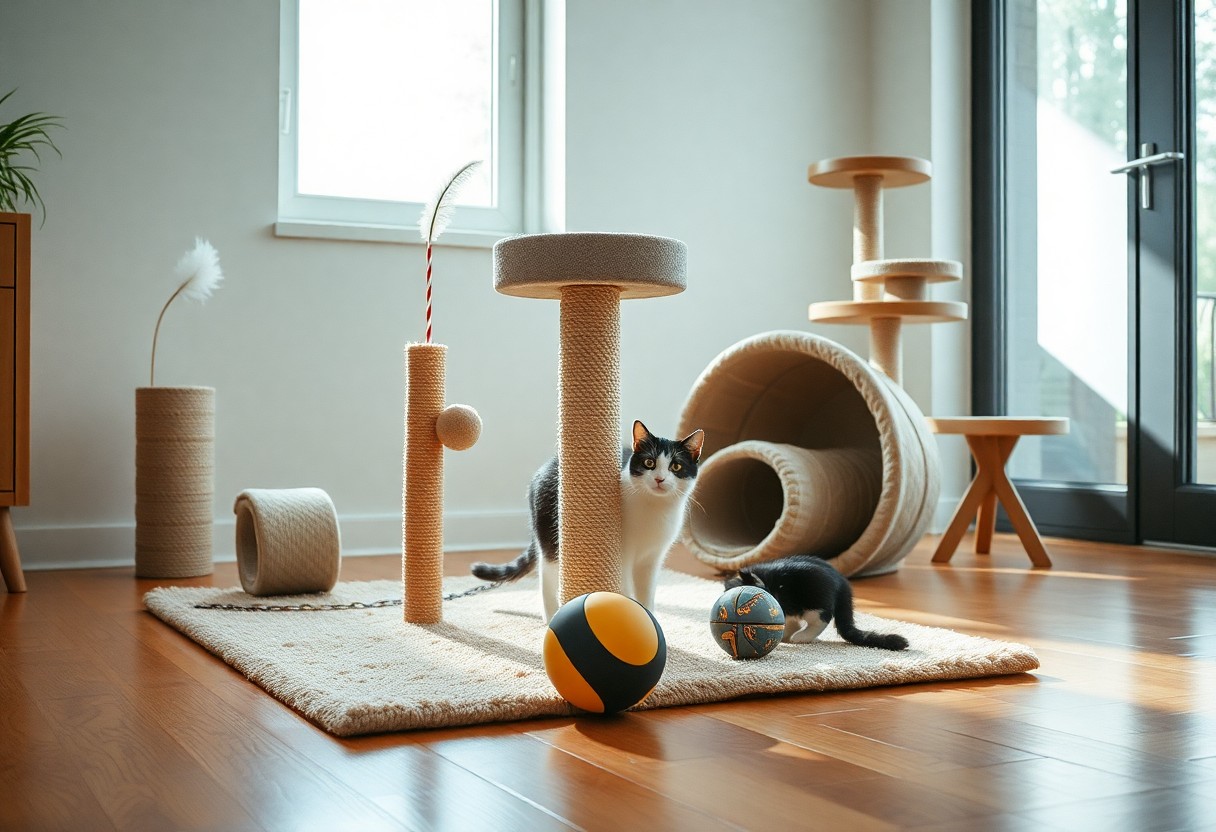
Essential Tools for Feline Fun: Must-Have Playtime Gear
To keep playtime exciting and engaging for your feline friend, having the right gear is vital. From towering cat trees to feather wands, the right tools can transform ordinary moments into thrilling adventures. Investing in various playtime gear not only enhances your cat’s physical health but also stimulates their mental well-being, keeping them happy and active. Let’s explore the key categories of must-have play equipment that can enrich your kitty’s play experience.
Interactive Toys: Beyond the Basics
Interactive toys have revolutionized playtime, offering more than just passive entertainment. Think puzzle feeders, treat-dispensing balls, and electronic mice that mimic prey. These toys engage your cat’s natural hunting instincts while offering a mental workout. By combining play with problem-solving, you can keep your cat both entertained and mentally stimulated, reducing boredom and unwanted behaviors.
DIY Playthings: Crafting Ingenuity
Creating your own cat toys can be both fun and fulfilling. Simple materials like cardboard boxes, paper towel rolls, and string can be transformed into engaging playthings that pique your cat’s interest. Not only do DIY projects save money, but they also allow you to customize toys based on your cat’s unique preferences and play style.
For instance, a basic DIY cat toy can be made by filling a cardboard box with crumpled paper and hiding treats inside. This encourages your cat to dig and play while stimulating their curiosity. Another popular option is to tie small bells or crinkly paper to the end of a string to create a makeshift wand. The possibilities are endless, and you can experiment by combining different materials to find what captivates your cat the most. Not only is crafting these toys budget-friendly, but it also provides quality bonding time as you engage in play with your furry companion.
Captivating Cat Games: More Than Just Fetch
Engaging your cat with captivating games goes far beyond the traditional game of fetch. It taps into their natural instincts, physical abilities, and mental acuity. By incorporating diverse playtime activities, you can ensure that your feline friend stays physically active while nurturing their playful spirit. Whether it’s chasing a feather or outsmarting a puzzle toy, these experiences foster a deeper bond between you and your pet while enriching their overall quality of life.
Chase and Pounce: Games that Ignite Instincts
Chase and pounce activities cater to your cat’s inherent hunting instincts, providing a thrilling way to engage their natural behaviors. Use a variety of toys, such as laser pointers or feather wands, to stimulate their predatory skills. Cats often exhibit exhilarating bursts of energy while chasing, which not only entertains them but also keeps them physically fit. Incorporating a few short sessions throughout the day can help satisfy their instinctual need to hunt and play while preventing behavioral issues.
Puzzle Play: Engaging the Mind
Puzzle play offers a fantastic way to challenge your cat’s intellect and keeps their minds sharp. Interactive feeders and toys that require manipulation to receive a treat can provide hours of mental stimulation. Studies suggest that regular mental exercise may even help reduce anxiety and prevent boredom, contributing to a happier, more content feline companion. By rotating different puzzle games, you can maintain your cat’s enthusiasm and engagement.
Utilizing puzzle toys designed for cats is a brilliant way to stimulate their cognitive skills while rewarding them with tasty treats. Toys that involve sliding pieces, flipping lids, or rolling balls encourage your cat to think critically and strategize for success. For instance, combining various difficulty levels ensures your cat remains challenged over time. Make sure to offer encouragement and interaction, as your involvement elevates the excitement and strengthens your bond. The investment in puzzle play can lead to a more focused, less destructive pet, foster creativity, and provide a delightful challenge that enriches their playtime experience.
Mastering the Playtime Routine: Creating a Feline-Friendly Schedule
Establishing a playtime routine not only enhances your cat’s physical and mental well-being but also strengthens your bond. Aim for daily interactive sessions that suit your cat’s natural rhythm, usually during their active times (morning or dusk). A consistent schedule helps your cat anticipate play and can significantly reduce behavioral issues born from boredom or anxiety, making your home more harmonious.
Optimal Timing: Improving Engagement Through Consistency
Scheduling playtime consistently allows your cat to settle into a rhythm that enhances their engagement. Aim for sessions of around 15-30 minutes, 1-3 times a day. This predictability strengthens your cat’s excitement and readiness to jump into action. Regular timing also makes it easier for you to incorporate play into your day, turning it into a fun routine rather than an afterthought.
Cues and Rewards: Reinforcing Positive Behavior
Utilizing specific cues during play helps your cat learn when it’s time for fun. Introducing a verbal cue, such as “playtime,” signals to your cat the start of activities. Combine these cues with rewards, like treats or affectionate strokes, to reinforce the desired behavior. Your feline companion will quickly associate playtime with positive reinforcement, making them more likely to engage enthusiastically every time.
Using cues and rewards effectively creates a playful atmosphere that also teaches your cat to associate certain behaviors with an enjoyable outcome. For example, if you consistently say “playtime” before engaging with a wand toy, your cat will learn to respond eagerly when hearing the phrase. Reinforcing the behavior with treats ensures your cat understands that not only is playtime fun, but it’s also rewarding. This positive feedback loop will encourage your furry friend to initiate playtime more often, creating an engaging and joyful experience for both of you.
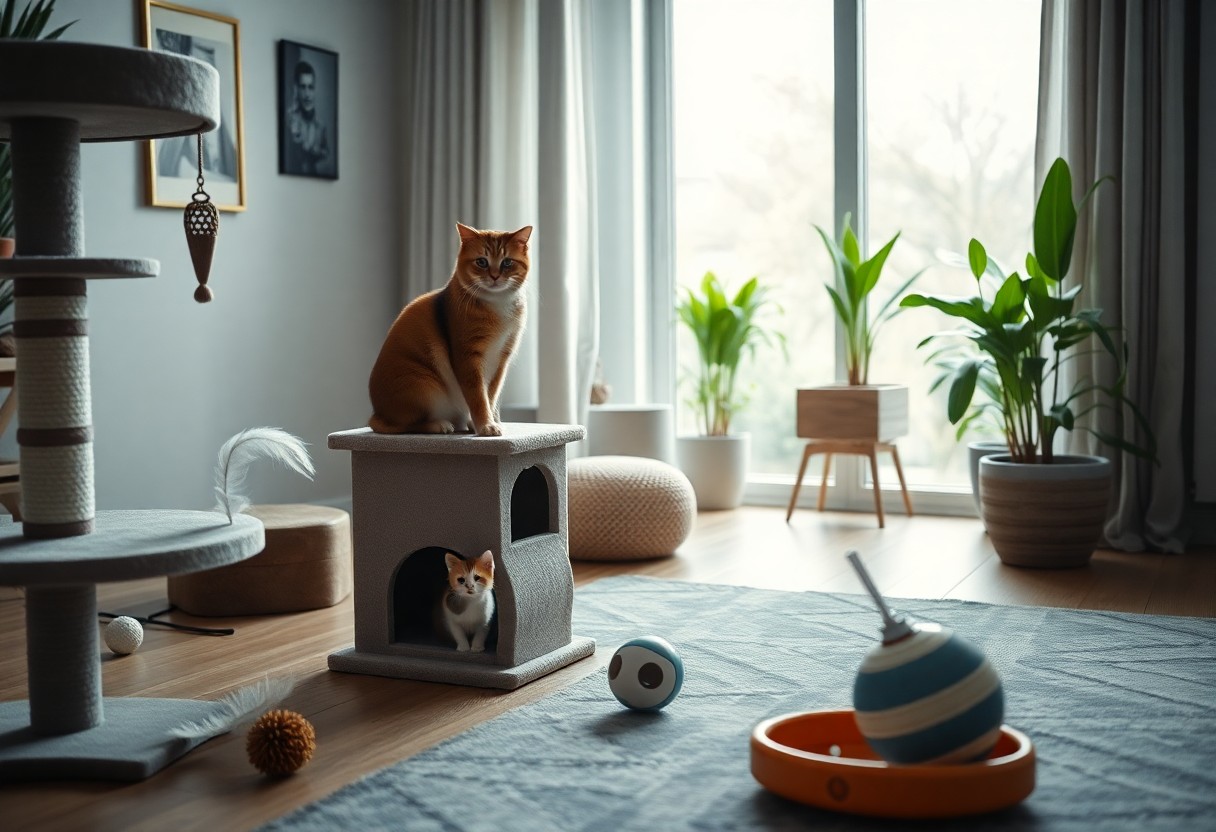
Transforming Your Space: Playtime-Friendly Environments
Creating a playtime-friendly environment for your cat encourages activity and exploration, enhancing their overall well-being. Incorporate various elements that stimulate their senses, such as soft lighting, textured surfaces, and engaging toys strategically placed throughout your home. Choose safe materials to ensure their security while exploring, and ensure they have access to cozy napping spots to recharge between play sessions. Thoughtful spatial design can make every corner of your home an adventure for your feline friend.
Safe Exploration: Designing Cat-Friendly Areas
Designating specific areas for play can create a thrilling yet secure environment for your cat. Use non-toxic materials and avoid sharp edges, ensuring all furniture and decorations are stable to prevent tipping. Incorporate interactive toys that challenge your cat physically and mentally, while offering ample hiding spots where they can retreat and observe their surroundings. This space should encourage curiosity while minimizing hazards, enriching your cat’s experiences during playtime.
Vertical Spaces: Elevating Play with Shelving and Trees
Incorporating vertical spaces, such as cat trees and wall shelving, not only adds layers to your cat’s play environment but also satisfies their instinct to climb and explore. These structures often come with built-in scratching posts, perches, and hideouts, providing endless entertainment. Cats crave high vantage points to survey their domain, and by utilizing vertical space, you allow them to engage in natural behaviors like climbing, jumping, and hunting. With the right design, your home can become a vertical playground, promoting both physical activity and mental stimulation for your feline companion.
Summing up
Drawing together the engaging tricks outlined in “From Sit To Spin – Engaging Tricks To Make Playtime With Your Cat Delightful,” you now have the knowledge to transform your playtime into a rewarding experience for both you and your feline friend. By incorporating these techniques, you can enhance your cat’s mental stimulation and physical activity while deepening the bond between you. Embrace the joy of interaction and watch as your cat thrives in a playful environment that fosters happiness and health.
FAQ
Q: What types of tricks can I teach my cat using the methods in ‘From Sit To Spin’?
A: The book ‘From Sit To Spin – Engaging Tricks To Make Playtime With Your Cat Delightful’ offers a variety of tricks that cater to different skill levels. You can start with basic commands like “sit” and “come,” then progress to more advanced tricks such as “spin,” “jump through a hoop,” or even retrieving an item. The methods outlined in the book combine positive reinforcement techniques, which encourage your cat to learn and enjoy the process of playtime.
Q: How can I create an engaging environment for practicing the tricks mentioned in the book?
A: To create an engaging environment for teaching your cat the tricks from ‘From Sit To Spin,’ consider setting up a distraction-free space with plenty of room for movement. Utilize interactive toys and treats to keep your cat motivated and focused. Incorporating items like a clicker or a wand toy can make training sessions more dynamic and enjoyable. Additionally, ensuring that sessions are short and fun helps maintain your cat’s interest and enthusiasm.
Q: Is this book suitable for cats of all ages and temperaments?
A: Yes, ‘From Sit To Spin’ is designed to be suitable for cats of all ages and temperaments. While older cats may require more patience in learning new tricks, the techniques in the book are adaptable and can be modified based on your cat’s individual personality and energy levels. Whether you have a playful kitten or a more reserved adult cat, the strategies offered will help you build a deeper bond through fun and engaging playtime.
